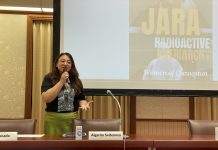By Tomohiko Aishima
TOKYO (INPS Japan) –The crisis that began with the invasion of Ukraine in February 2022 shows no signs of ending, and the threat of nuclear war is no longer in the realm of the unimaginable. With conflicts intensifying in the Middle East, Africa and elsewhere producing appalling humanitarian crises, humanity stands on a dangerous precipice. There has been no time since the end of the Cold War when the risk of nuclear weapons use has been as high and prolonged as it is now. Even as there is renewed focus on the catastrophic consequences of any use of nuclear weapons, the discourse remains divided—whether to further escalate military confrontation or to return to multilateral negotiation and dialogue. Humanity confronts stark choices. JAPANESE
As SGI members actively engaged in civil society, we believe the following to be crucial and represent forms of action that can transform the direction of history in this crucial moment: To inform people of the inhumane realities of nuclear bombings; to inherit the vow from those who came before us to prevent such tragedies from recurring; and to inspire people deeply towards a more hopeful future.
History demonstrates that when people stand their ground and resist the overwhelming impulse to pessimism and resignation previously unthought-of developments and advances become possible. That is, the times that seem darkest and most desperate can hold opportunities to fundamentally reform human society.
Focusing on the role and leadership of youth, we will continue advocating the legacy of countless aspirations for peace on every level—toward a world free from nuclear weapons, a world without war. It is vital to amplify and spread these voices and here quality media has a critical role to play.
Drawing from our experiences of engagement at UN and grassroots levels for nuclear disarmament, we would like to highlight three points:
First, in order to inform, the devastating consequences of nuclear weapons need to be brought home to even more people. This is crucial if we are to stave off catastrophe.
The weakening and erosion of norms against the use, proliferation and testing of nuclear weapons is a matter of deep concern; no successor framework to the New Strategic Arms Reduction Treaty (New START), which expires in February 2026, is in sight. A shared recognition of the inhumane nature of nuclear weapons can serve as the basis for the kind of dialogue that is needed build trust and confidence.
There is much we can learn from the response to the 1962 Cuban missile crisis, the time when humanity came closest to the brink of nuclear war. The determination never to repeat that experience and to advance nuclear disarmament was a key motivation for the adoption of the Nuclear Non-Proliferation Treaty (NPT) in 1968. It It is worth noting that US and the USSR announced their intention to hold the Strategic Arms Limitation Talks on the day of the signing ceremony for the NPT, negotiations that represented the first steps taken the two countries to slow the nuclear arms race and fulfill their commitment to nuclear disarmament made Article VI of the NPT.
Reflecting on that history, in January 2023 SGI President Daisaku Ikeda issued a proposal in which stressed the following:
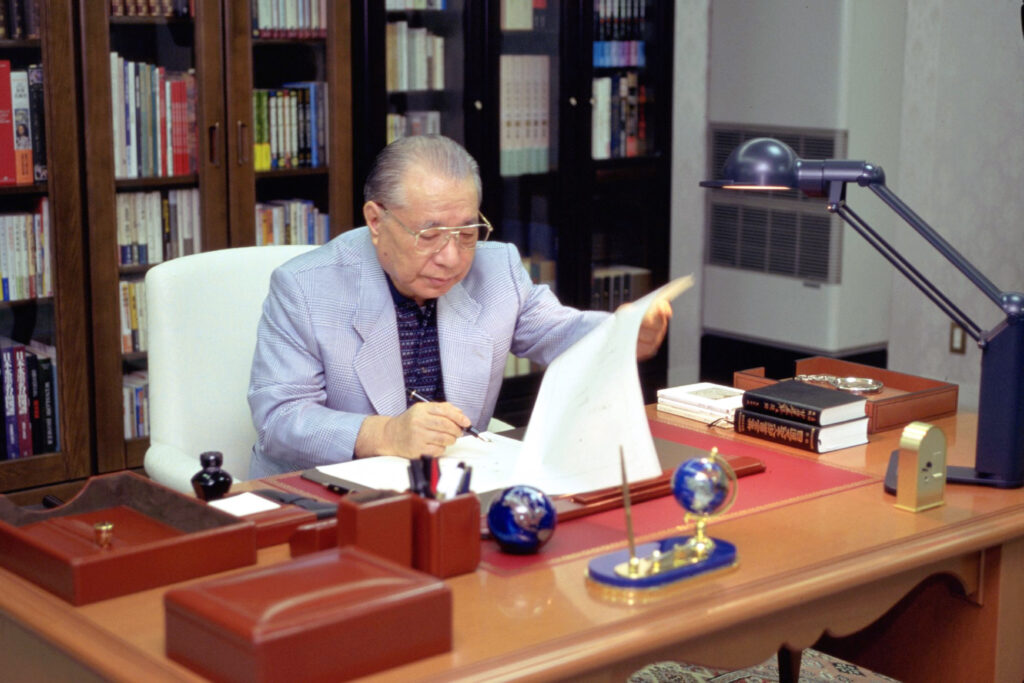
Having experienced first-hand the terror of teetering on the brink of nuclear war, the people of that time brought forth historic powers of imagination and creativity. Now is the time for all countries and peoples to come together to once again unleash those creative powers and bring into being a new chapter in human history.
The spirit and sense of purpose that prevailed at the time of the birth of the NPT is resonant with and complementary to the ideals that motivated the drafting and adoption of the Treaty on the Prohibition of Nuclear Weapons (TPNW). I strongly call for all parties to explore and expand ways to link the efforts made on the basis of these two treaties, drawing forth their synergistic effects toward a world free from nuclear weapons.
Carrying forward the vision of President Ikeda, who passed away last November, members of the SGI are determined to generate momentum for a global course shift away from nuclear buildup premised on deterrence, toward nuclear disarmament that will avert catastrophe.
Second, in order to inherit, we feel the need to listen closely to the voices of global hibakusha.The average age of surviving hibakusha of Hiroshima and Nagasaki has exceeded 85. Additionally, there are many global hibakusha, people around the world who have been impacted by uranium mining, nuclear testing, and nuclear weapons production processes. The realities of their have not been widely told. Their voices must be heard as they contain lessons we cannot afford to forget.
To this end, the SGI has produced a video of Hiroshima hibakusha Keiko Ogura’s in-person testimony to leaders at the G7 Hiroshima Summit (link1). This video was also screened at an NPT Preparatory Committee side event held on August 7, 2023, leaving a deep impression on participants, including many young people in attendance.
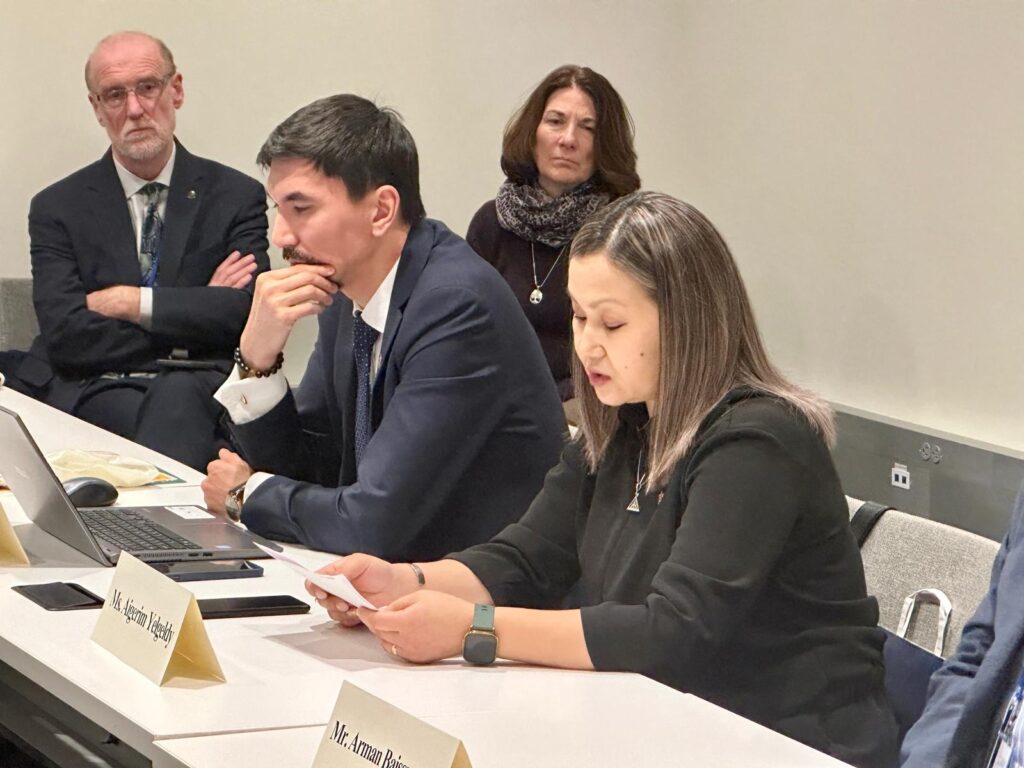
SGI also cooperated in the development of a documentary film “I Want To Live On: The Untold Stories of the Polygon” (link2) produced by the NGO Center for International Security and Policy (CISP) in Kazakhstan that records the testimonies of nuclear test victims and was screened at a side event for the Second Meeting of States Parties to the TPNW.
The spirit animating hibakusha in Japan and throughout the world to confront and recount their horrific experiences is the determination that no one else should endure what they have suffered. This open-hearted concern for others stands in stark contrast with the underlying logic of nuclear weapons—the readiness to annihilate others in pursuit of one’s own interests and objectives. It is this readiness that marks nuclear weapons as an absolute evil.
Finally, we seek to inspire action by promoting awareness of the interlinkages between nuclear disarmament with global issues like climate change.
Even if the global armageddon of full-scale nuclear war is avoided, scientists have reported that a limited nuclear war could cause “nuclear winter,” resulting in food shortages and famine that could potentially kill 2 billion people. Nuclear testing has inflicted immense damage on formerly colonized peoples and indigenous communities. Nuclear abolition is an intersectional issue spanning discrimination, human rights, climate justice, environment, gender, inclusion, humanitarianism and ethics, among others.
Aiming toward the UN Summit of the Future this September, this past March Japanese youth jointly organized the Future Action Festival that sought to raise awareness of these interconnections at a gathering of nearly 70,000 young participants.
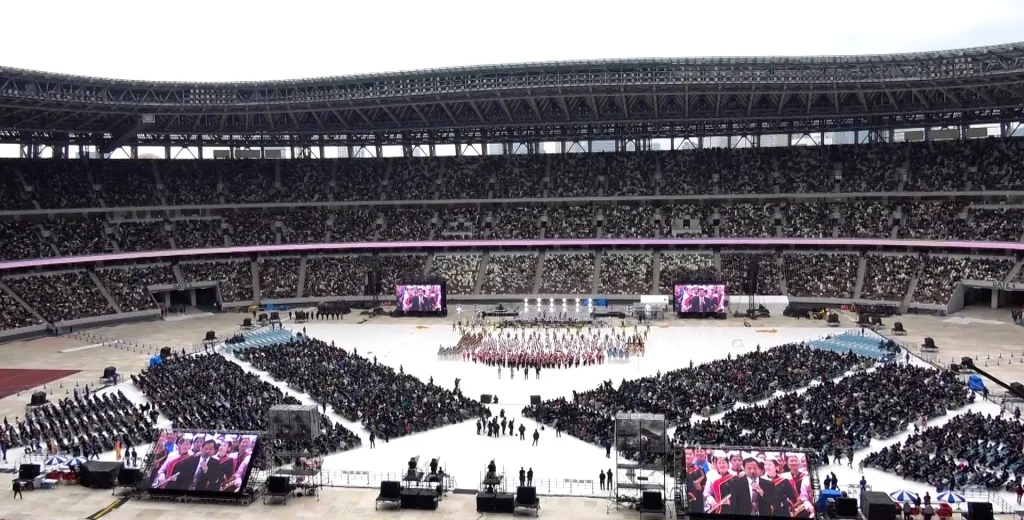
As part of the second People’s Decade for Nuclear Abolition campaign [link3], the SGI is striving to build renewed momentum for nuclear abolition toward 2027, focusing on peace and disarmament education.
It is increasingly crucial that people reach across their respective fields of action and policy positions to unite their voices for nuclear abolition and, to this end, we also seek to strengthen interfaith dialogue and cooperation.
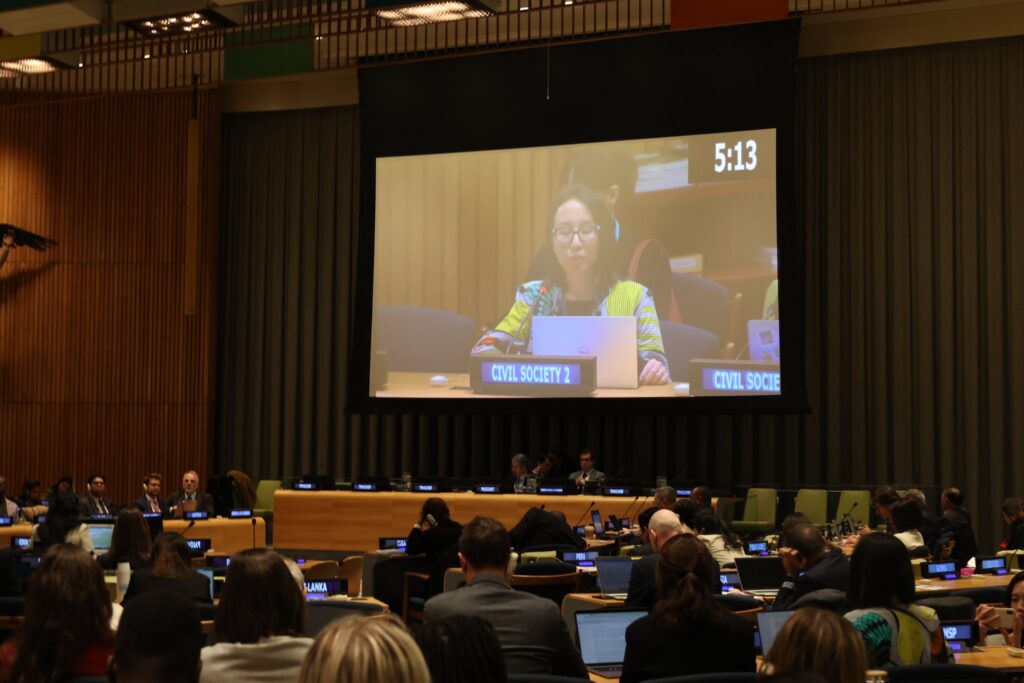
At the Second Meeting of States Parties to the TPNW, as one of 115 faith-based organizations expressing concern over nuclear weapons, an SGI representative read a Joint Interfaith Statement, a part of which I would like to quote in concluding this essay:
We recognize the urgency of this moment and what is at stake for all of us – the beloved natural world and the beloved community of humanity. Our fates are intertwined and we cannot ignore the resounding threats that confront us. . . . This fear is not unique to this moment in time. Let us draw courage from the audacity and vision of past struggles for justice, taking comfort in the wisdom that immense challenges always feel impossible until they are done.
Tomohiko Aishima is Executive Director of Peace and Global Issues, Soka Gakkai International (SGI)




